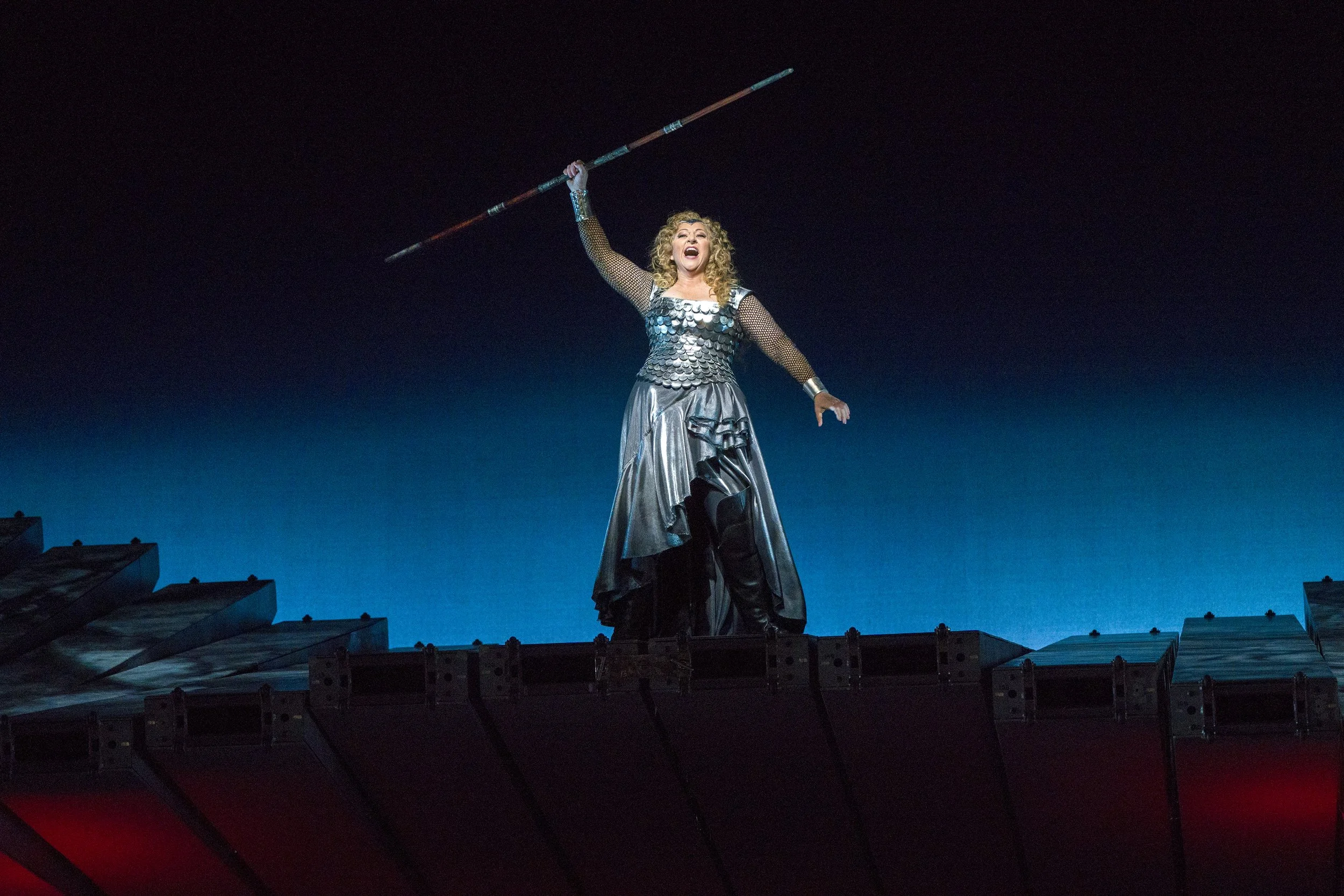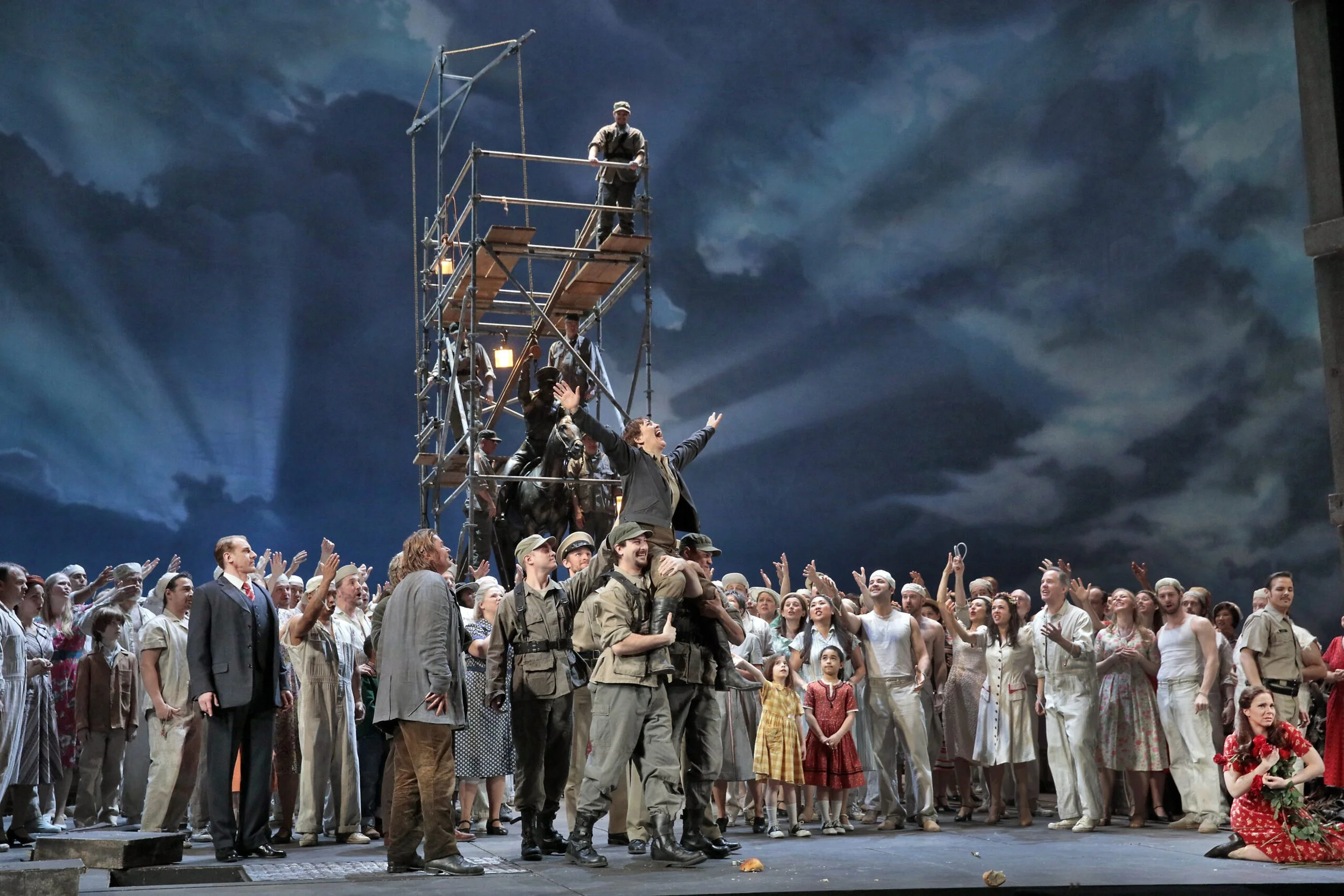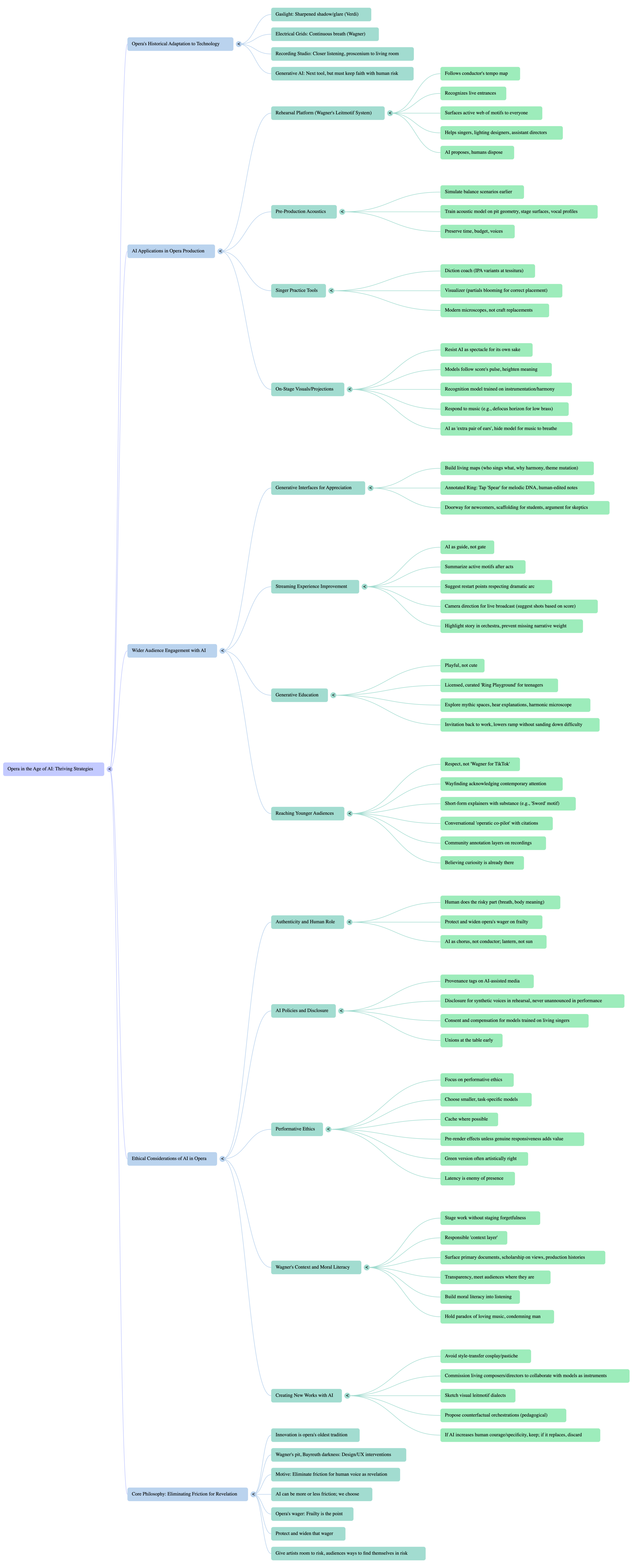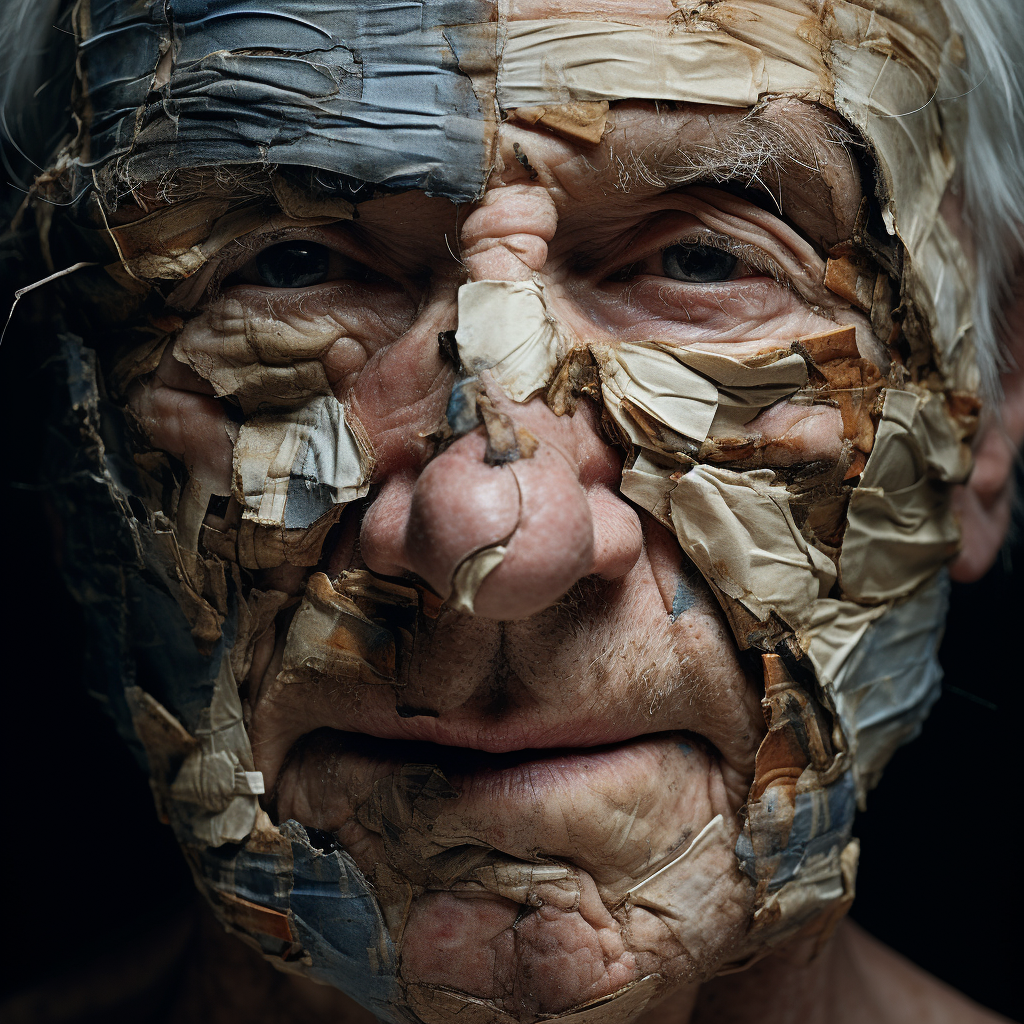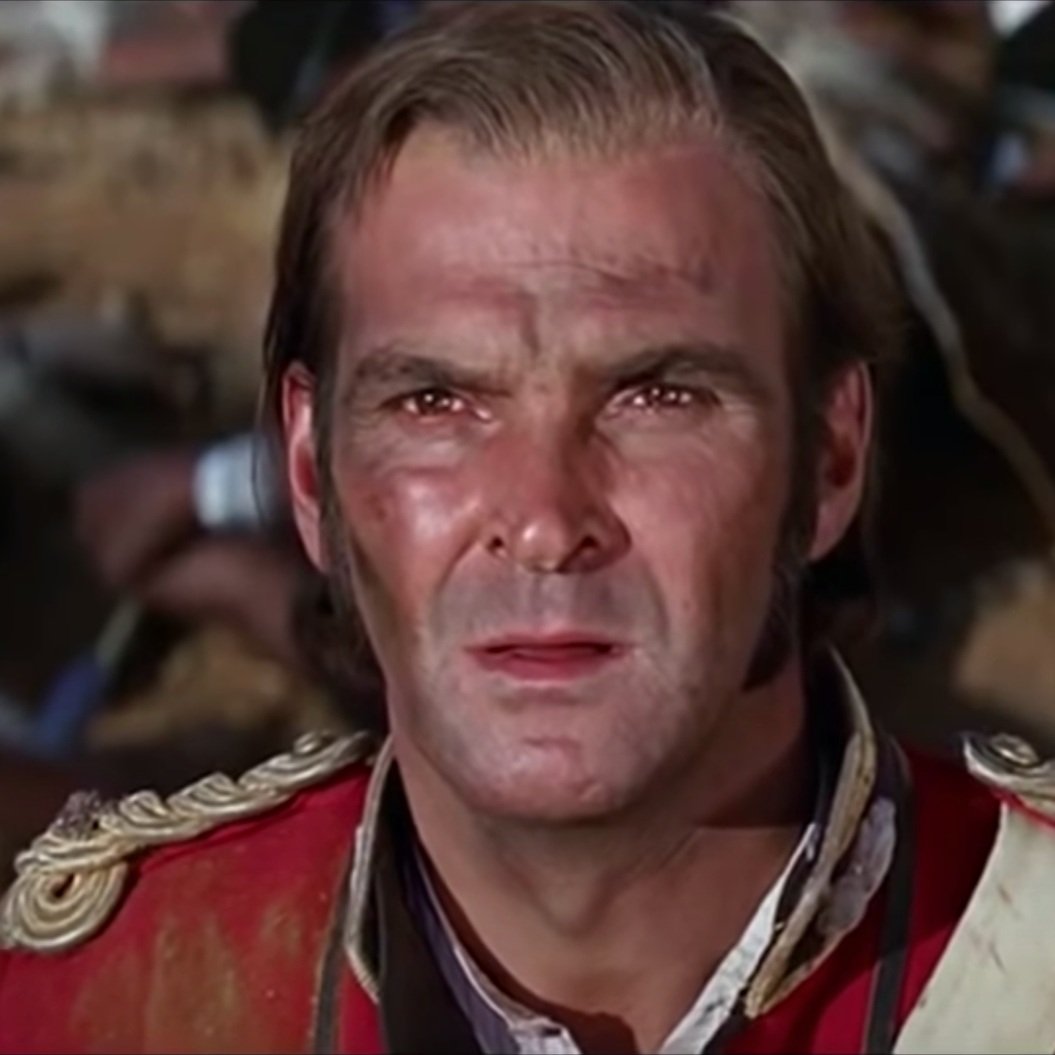Lanterns, Not Suns: How Opera Can Thrive in the Age of Generative AI
Opera has always been a technology story hiding in plain sight. The myth is that opera is ancient and immovable. The reality is that it has repeatedly refit itself to new tools until those tools felt timeless. Gaslight let Verdi sharpen shadow and glare. Electrical grids made Wagner’s theater possible as a single, continuous breath. The recording studio pulled the proscenium into a living room and taught everyone to listen closer. Generative AI is the next such tool. The question is not whether Wagner, Verdi or Puccini can survive it; it’s whether we will use AI in a way that keeps faith with the living, human risks which make opera matter.
Wagner is a good test because his work already behaves like a system. The leitmotif is a network: nodes of meaning that recombine as the drama evolves. In that sense, Wagner’s scores anticipate a logic of latent space. We can treat AI less as an aesthetic prosthetic and more as a way to render that network visible and responsive. Imagine a rehearsal platform that follows the conductor’s tempo map, recognizes live entrances, and surfaces the active web of motifs to everyone in the room. A singer sees, at a glance, that a ‘renunciation’ theme glows beneath her line; the lighting designer gets a subtle prompt to cool the palette; the assistant director notes that Wotan’s bargain is harmonically present even when he’s not. Nothing is automated, no cue is forced; the machine is simply the most attentive dramaturg in the building. An ethical boundary worth keeping: AI proposes, humans dispose.
AI can help before the first downbeat. Houses spend fortunes discovering, far too late, that a chorus overwhelms that brass choir in a particular hall, or that a scenic panel kills resonance for the woodwinds. Training an acoustic model on the pit geometry, stage surfaces, and the cast’s vocal profiles, can simulate balance scenarios weeks earlier. Directors can decide to move shields, not singers, preserving time, budget, and voices. For singers, generative tools can be quietly radical in the practice room without ever touching the stage: a diction coach that demonstrates IPA variants at the exact tessitura. Or a visualizer which shows partials blooming when placement is correct, replacing guesswork with feedback. These are not replacements for craft; they are modern microscopes.
On stage, we should resist AI as spectacle for its own sake. The temptation will be to flood the Ring with ‘real-time generative worlds’ and call it innovation. The better path is to let models follow the score’s pulse and only reveal themselves where they heighten meaning. A projection system keyed to the orchestra, built on a recognition model trained specifically on Wagner’s instrumentation and harmony, might respond to the Walküre storm by slightly defocusing the horizon when low brass enter, or by desaturating the stage when the spear motif returns. These are interpretive choices, crafted by designers, with AI acting like an extra pair of ears. Wagner spent enormous energy hiding the orchestra so drama could blaze; our job is to hide the model so the music can breathe.
Beyond the house, AI can widen the circle of attention without flattening the work. Opera appreciation has always involved maps: who is singing what, why this harmony here, how a theme mutates across a cycle. Generative interfaces can build those maps as living companions rather than static program notes. Picture an annotated Ring where tapping ‘Spear’ draws its melodic DNA across four evenings, with a short, human-edited note about how authority hardens into catastrophe. For a newcomer, that’s a doorway. For a student, it’s scaffolding. For a skeptic, it’s an argument that meaning is a structural feature, not just a vibe.
Streaming is where opera often loses young audiences, because time and attention are scarce. Here, AI can be a guide instead of a gate. After an act ends, a model swiftly summarizes the active motifs, then suggests a restart point tomorrow which respects the dramatic arc rather than advising a random scene jump. Camera direction can likewise benefit. A system which reads a conductor’s score and suggests shots for a live broadcast. ‘Hold on bass clarinet. Cut to offstage horn entrance’, helping directors highlight the story in the orchestra without whiplash editing. The model doesn’t choose shots; it prevents us from missing the ones which carry narrative weight.
Generative education should be playful without being cute. A licensed, curated, generative ‘Ring Playground’ might let teenagers explore mythic spaces at human scale. Walk under the World Ash, hear a short, accurate explanation of Wotan’s bargain, then jump into a harmonic microscope that lets you hear how ‘renunciation’ and ‘redemption’ share intervallic spine. Crucially, this must be an invitation back to the work, not a parallel product which replaces it. Generative tools are at their best when they lower the ramp to a hard thing without sanding down what makes the thing hard in the first place.
The anxiety beneath all this is authenticity. If a machine is involved, what is left for the human to do? Opera’s answer has been consistent for centuries. The human does the risky part. Breath across an impossible space. A body summoned to mean more than itself. Our generative policies should encode that priority. Provenance tags on all AI-assisted media. Disclosure when synthetic voices are used in rehearsal materials, never unannounced in performance. Consent and compensation frameworks for any model trained on living singers’ recordings. Unions at the table early, not as afterthought. And a relentless focus on performative ethics. Choose smaller, task-specific models. Cache where possible. Pre-render effects unless genuine responsiveness adds interpretive value. The green version of a tool is often the right version artistically too. And like all the greatest opera, latency is the enemy of presence.
Wagner’s biography requires a second ethical lane, context. Generative systems can help us stage the work without staging forgetfulness. A responsible ‘context layer’ might surface primary documents, scholarship about Wagner’s contentious personal and political views, and production histories with a level of transparency which meets audiences where they are. The goal is not to launder the past. It’s to build moral literacy into the act of listening. If AI can pull receipts at the moment they are relevant, we can hold the paradox of loving the music and condemning parts of the man with more clarity and less defensiveness.
What about making new things with Wagner’s materials? There is a wrong version. Style-transfer cosplay which confuses pastiche for imagination. But there is also a right one. Commission living composers and directors to collaborate with models as instruments, not oracles. Use generation for sketching visual leitmotif dialects before a designer paints. Let a harmonic model propose counterfactual orchestrations as a pedagogical exercise. ‘What if this bass line had been doubled by contrabassoon?’ And then let a human decide. The line is simple: if the model increases human courage and specificity, keep it; if it replaces them, throw it out.
Reaching younger audiences is ultimately about respect. They do not need ‘Wagner for TikTok.’ They need Wagner with wayfinding which acknowledges how contemporary attention works. Short-form explainers can carry real substance. Isolate the ‘Sword’ motif. Trace its contour, juxtapose it with two current tracks that share a shape. Not to score cheap relevance points but to teach listening across contexts. A conversational ‘operatic co-pilot’, trained on libretti, program books, and scholarship with citations, can answer ‘Why does Brünnhilde sleep so long?’ in language which invites conversation and the next question. Community annotation layers might turn recordings into civic texts, where a first-time listener’s note sits alongside a horn player’s embouchure tip and a historian’s link, then a generative summary distills the thread into a living guide. None of this requires dumbing down. It requires believing that curiosity is already there.
If all of this sounds like a lot of infrastructure for what used to be a curtain and a downbeat, remember that innovation is the oldest tradition opera has. Wagner’s pit was a design intervention; Bayreuth’s darkness was a UX decision before we had the term. The continuity is not in the tools but in the motive: eliminate friction so a human voice can arrive as revelation. Generative AI can either be more friction or less. We get to choose.
Which brings us to the moral center. At the end of Götterdämmerung, the river runs clear, and the old order burns. It is tempting to read our AI moment as the same cleansing fire. A purgation which resets culture by replacing frailty with precision. That reading is wrong for opera. Opera’s entire wager is that frailty is the point. That the crack in a held note can hold a universe. That bodies making sound together is the most sophisticated technology we have. The only justifiable use of AI here is to protect and widen that wager. To give artists more room to risk, and audiences more ways to find themselves in the risk.
Let the algorithm be chorus, not conductor. Lantern, not sun. If we can hold that line, Wagner will not merely survive the age of AI; he will reveal it. Its speed and hunger, its appetite for pattern, its fear of silence. And teach us to hear, inside the noise, the old miracle of breath meeting meaning. That is a future worth building: not an automated Bayreuth, but a braver one.
Disclosure: This article is an experiment created with generative research tools trained on my previous archive of writing. It relies upon a number of online sources for its original hypothesis as well as the assembly of narrative conclusion. It is an experiment in crafting a detailed set of instructions sufficient to prompt an LLM to generate a topic of esoteric interest based on my own interest in opera, perform a deep analysis upon these topics, and assemble them into a coherent, informed set of thoughts. I find the results a fascinating means of surfacing new and interesting threads of curiosity. I hope you do too.



